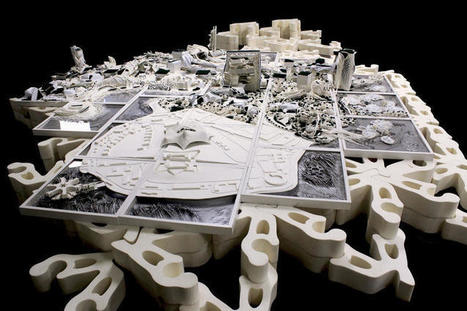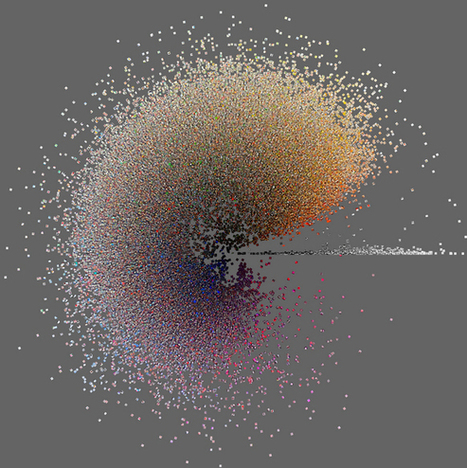In 1939, visitors stood in line for hours to see the Futurama exhibit at the New York World's Fair, a detailed model imagining 1960s America. Complete with half a million tiny buildings and a million handmade miniature trees, it also visualized a network of highways crossing the country. And while the interstate system probably would have been built without it, it's arguable that the visualization—sponsored by GM—helped the roads happen.
A new exhibit called the Future City, up now at London's Royal Institute of British Architects, looks at how drawings and models of futuristic cities can shape the cities that actually are built.
"Visualizations of future cities contribute to our collective imagination," says Nick Dunn from Lancaster University "They provide us with visionary projections of how we might live. Reexamining these from a historical perspective can give us new insights and greater understanding of the developments and patterns that shape the present, and in turn, their implications for our future."
Via Lauren Moss



 Your new post is loading...
Your new post is loading...








